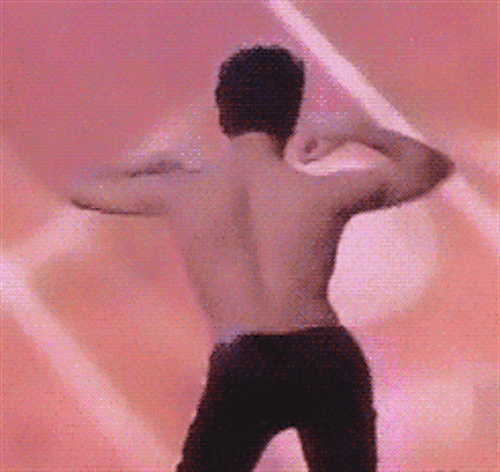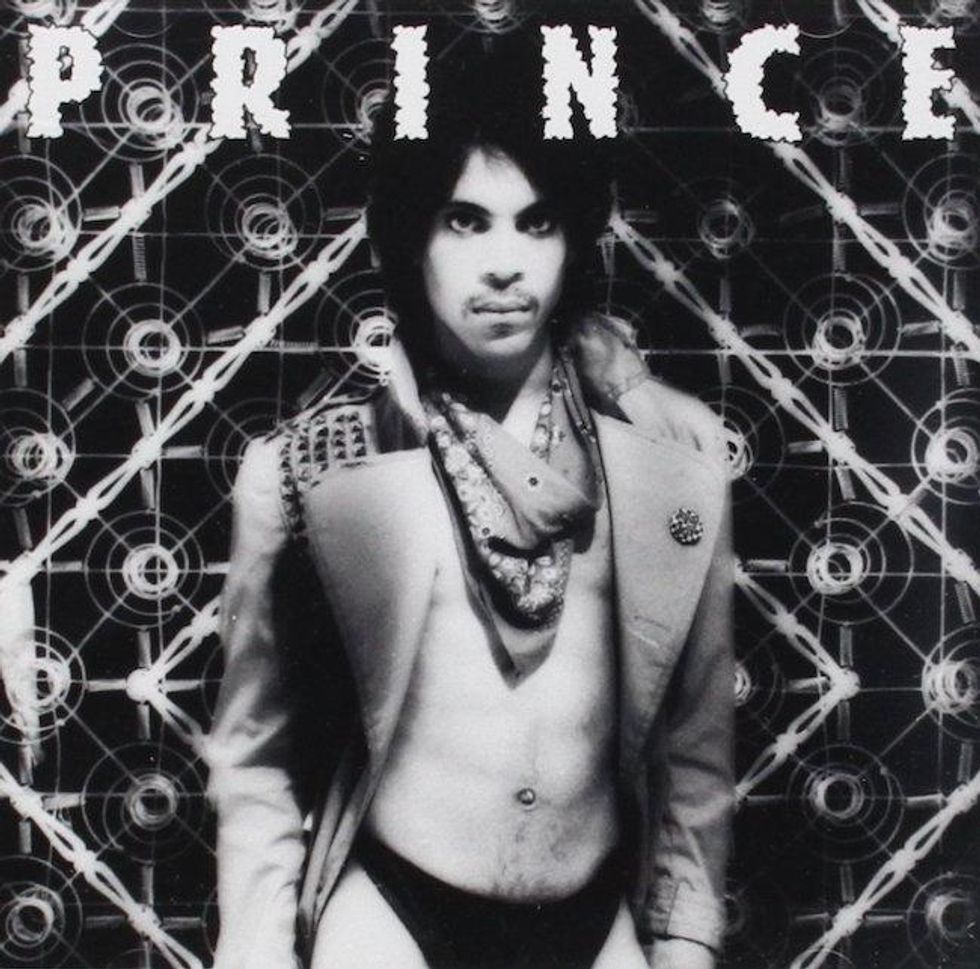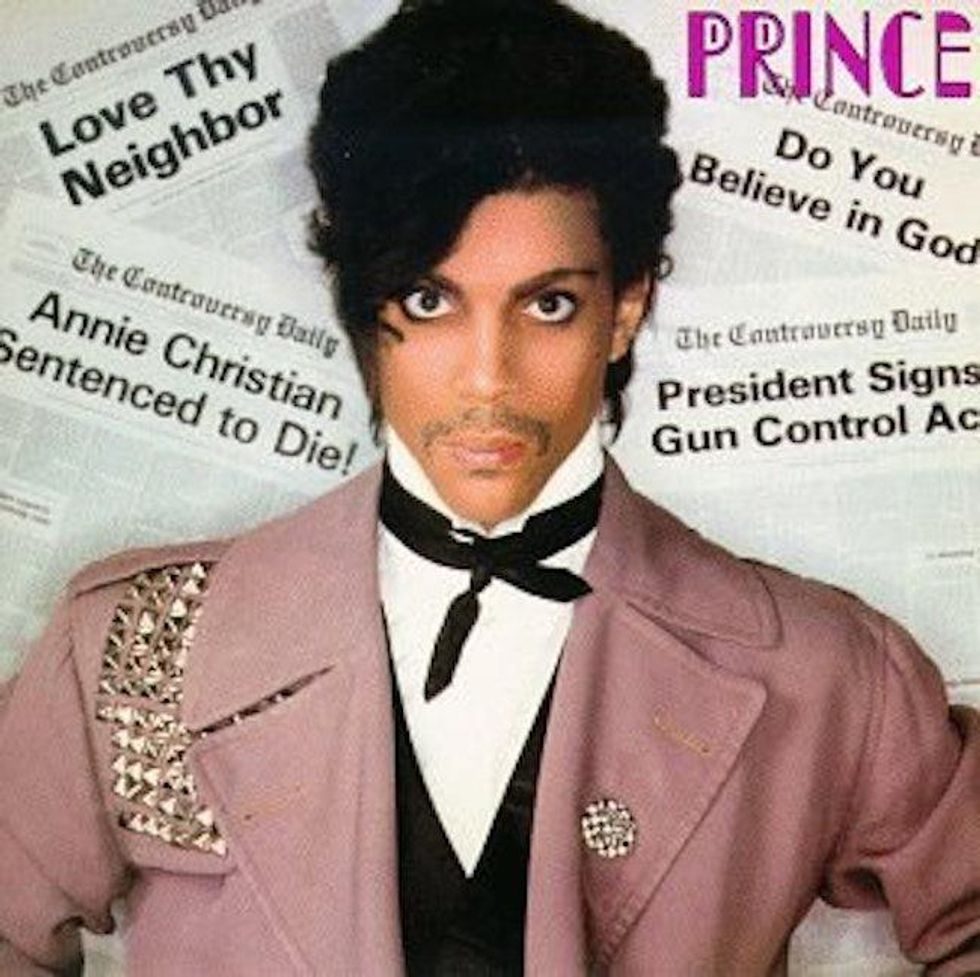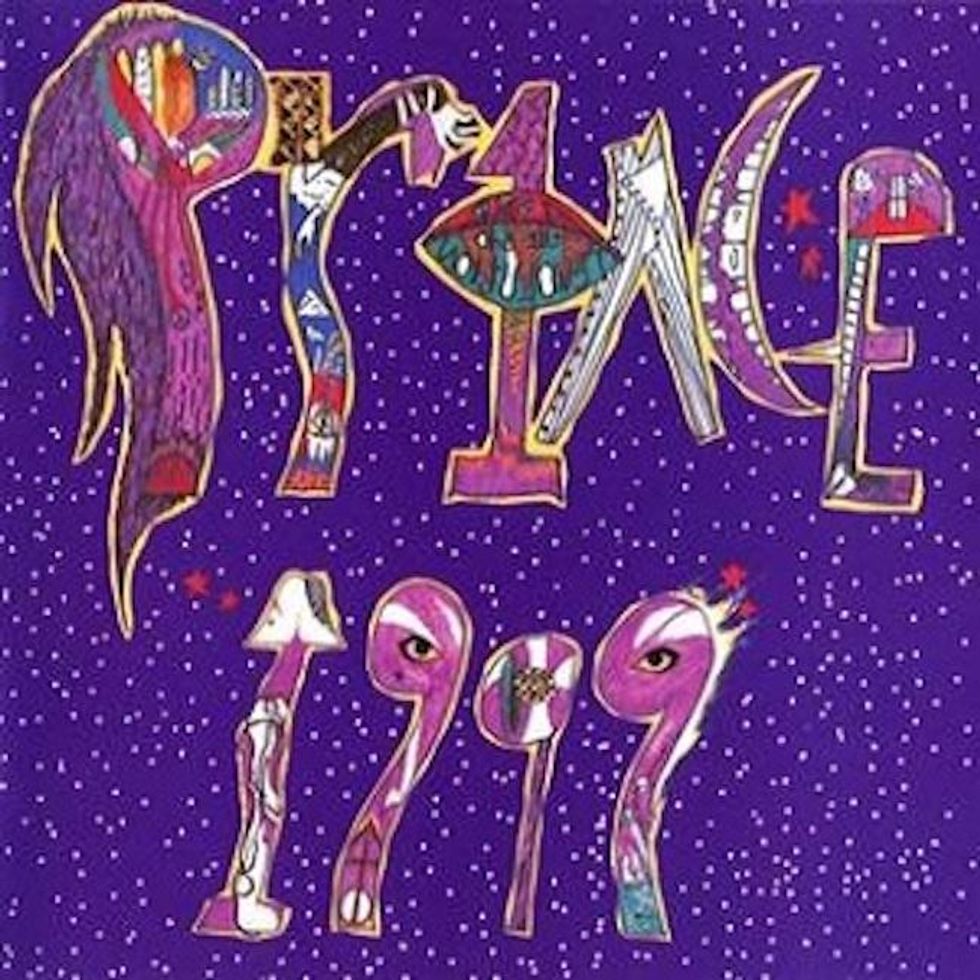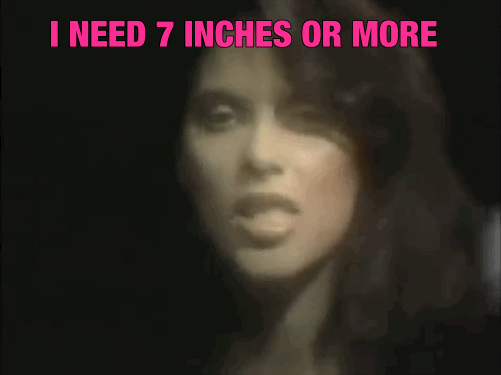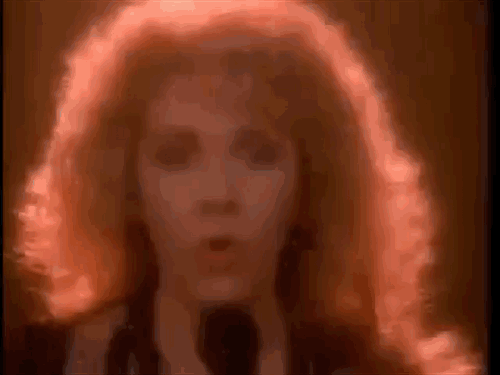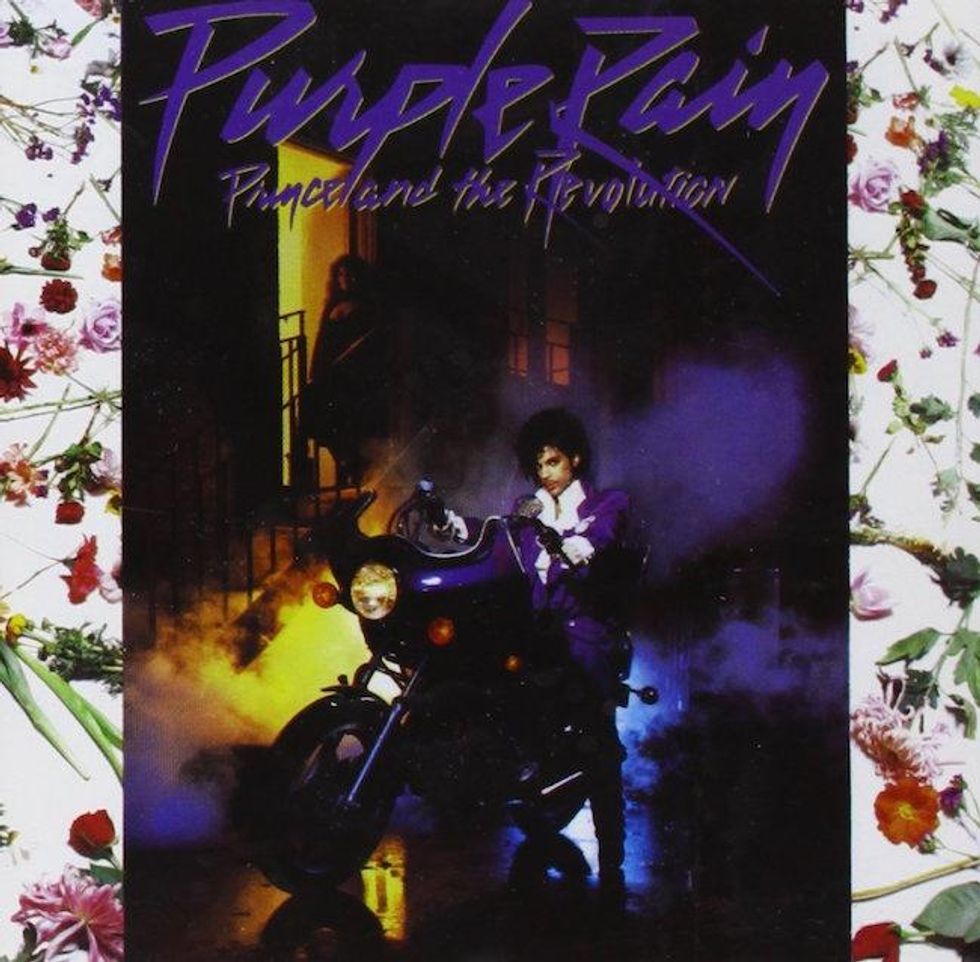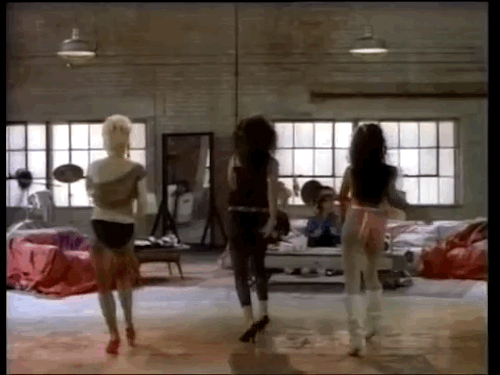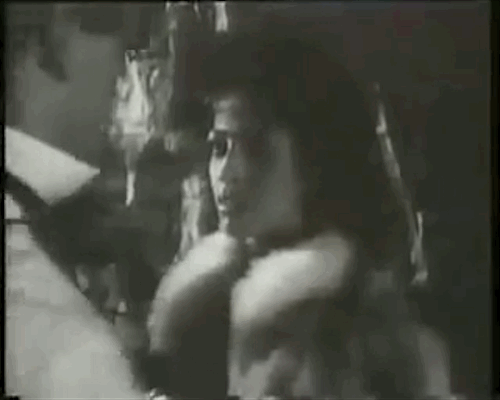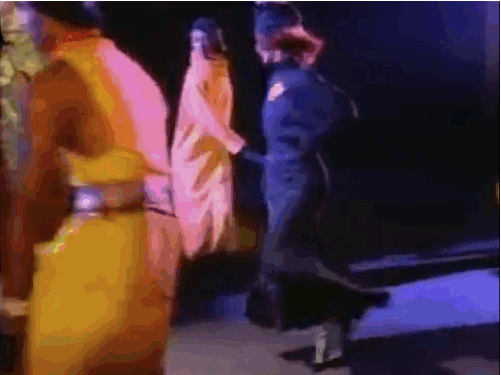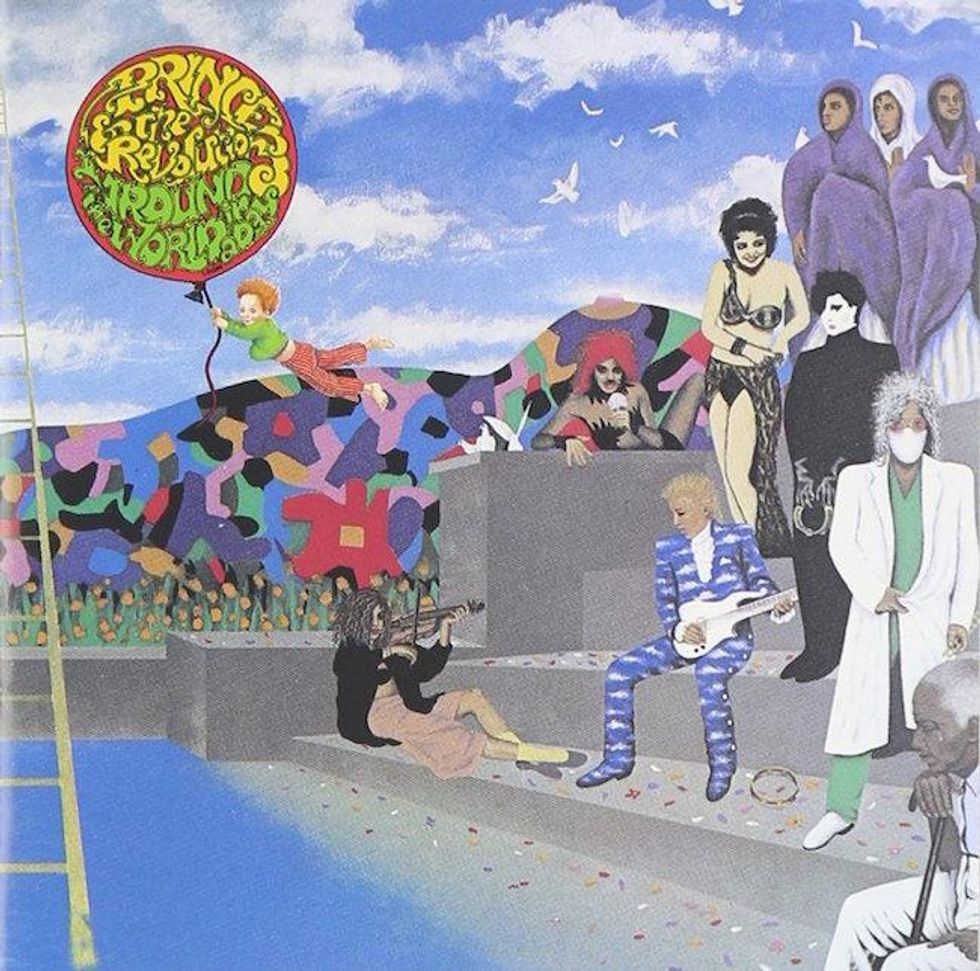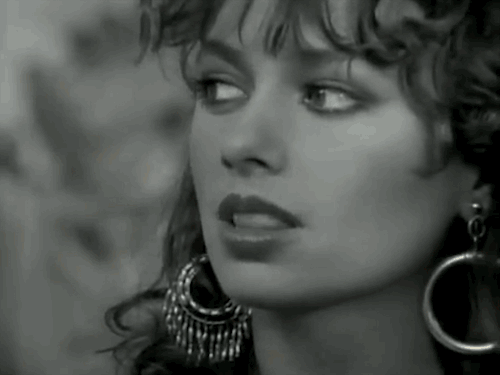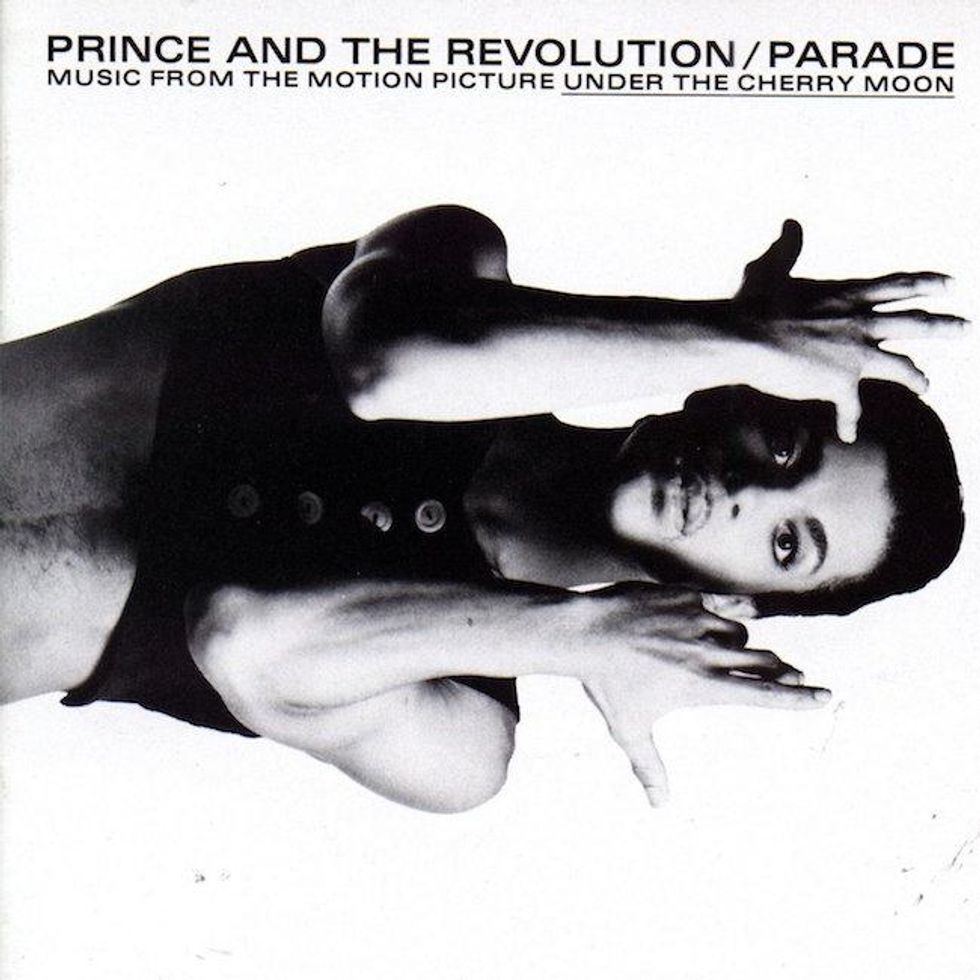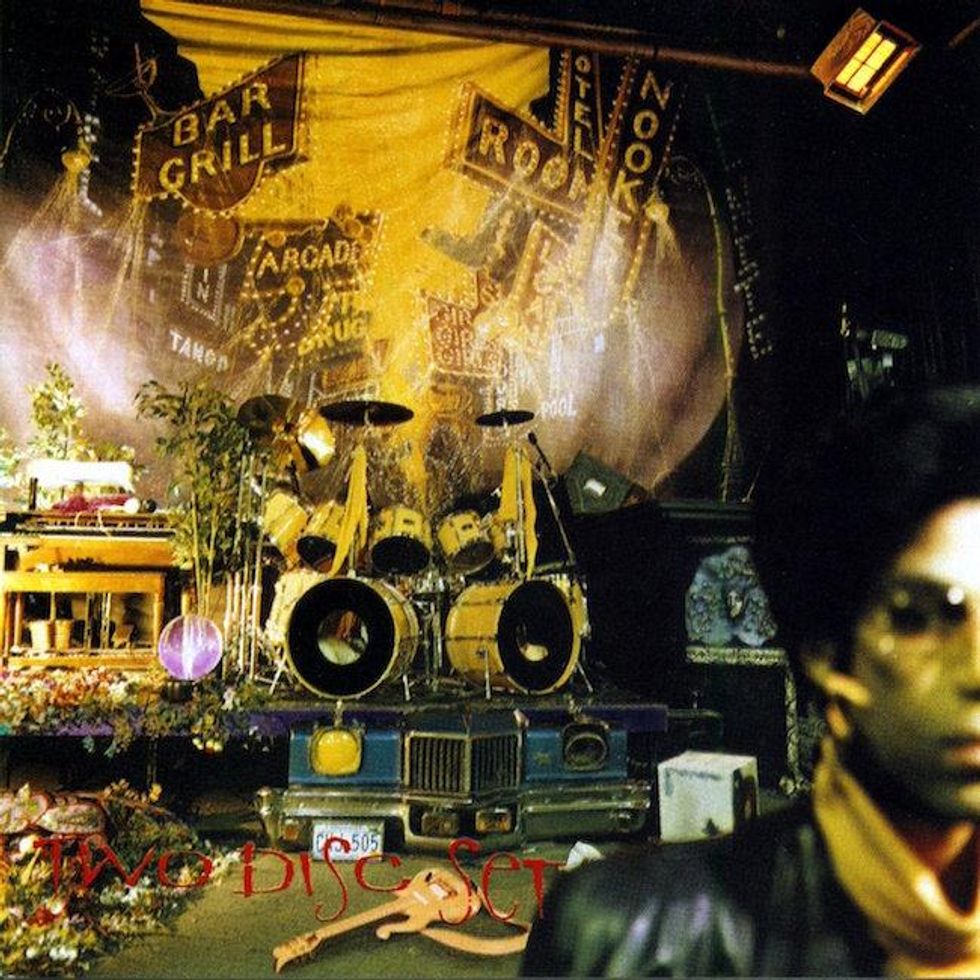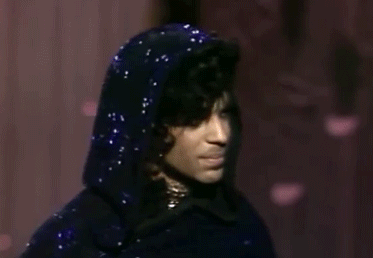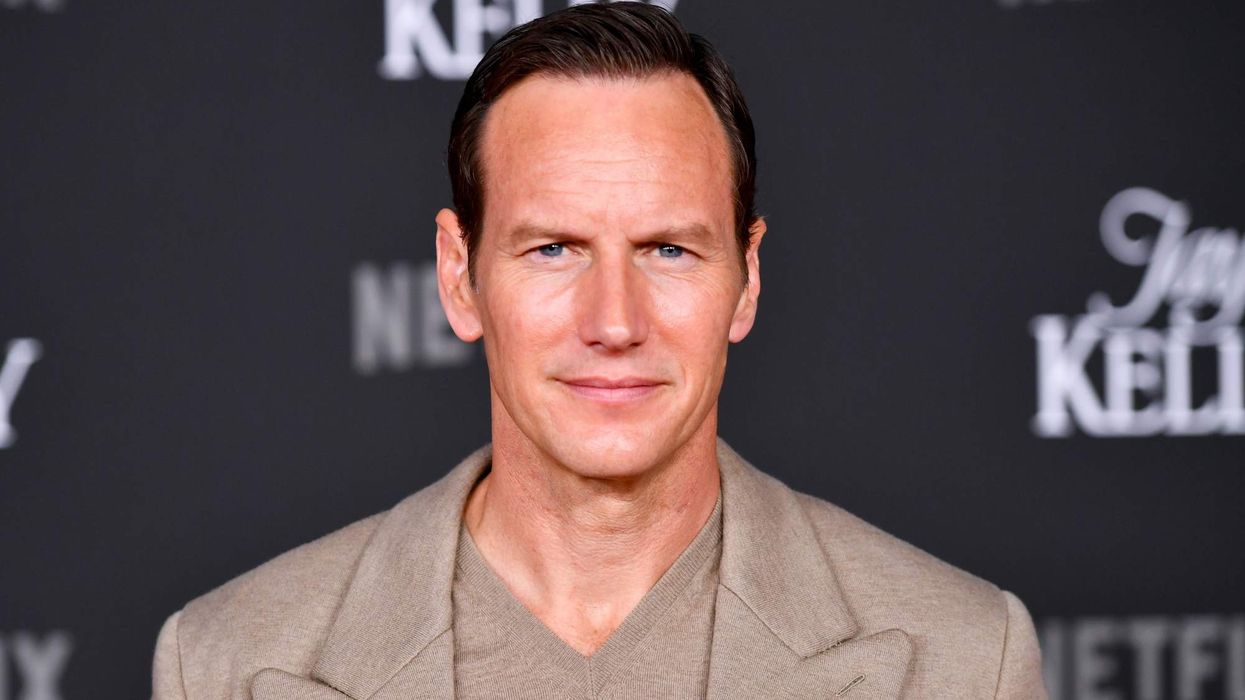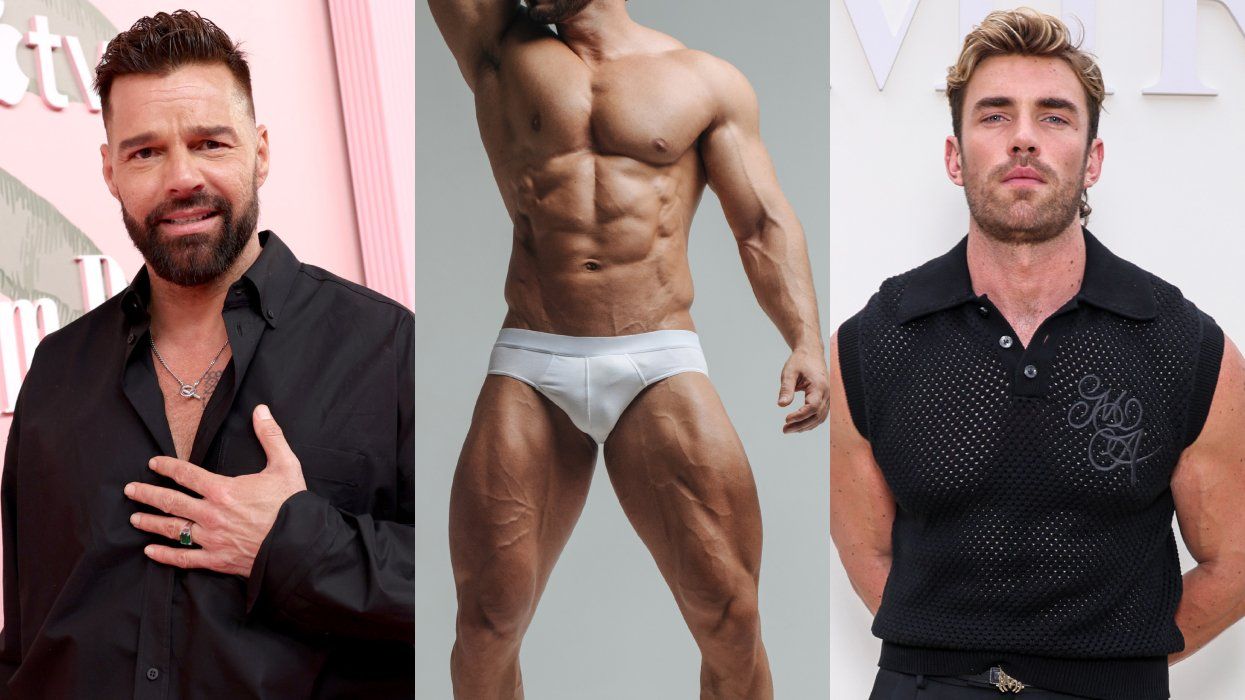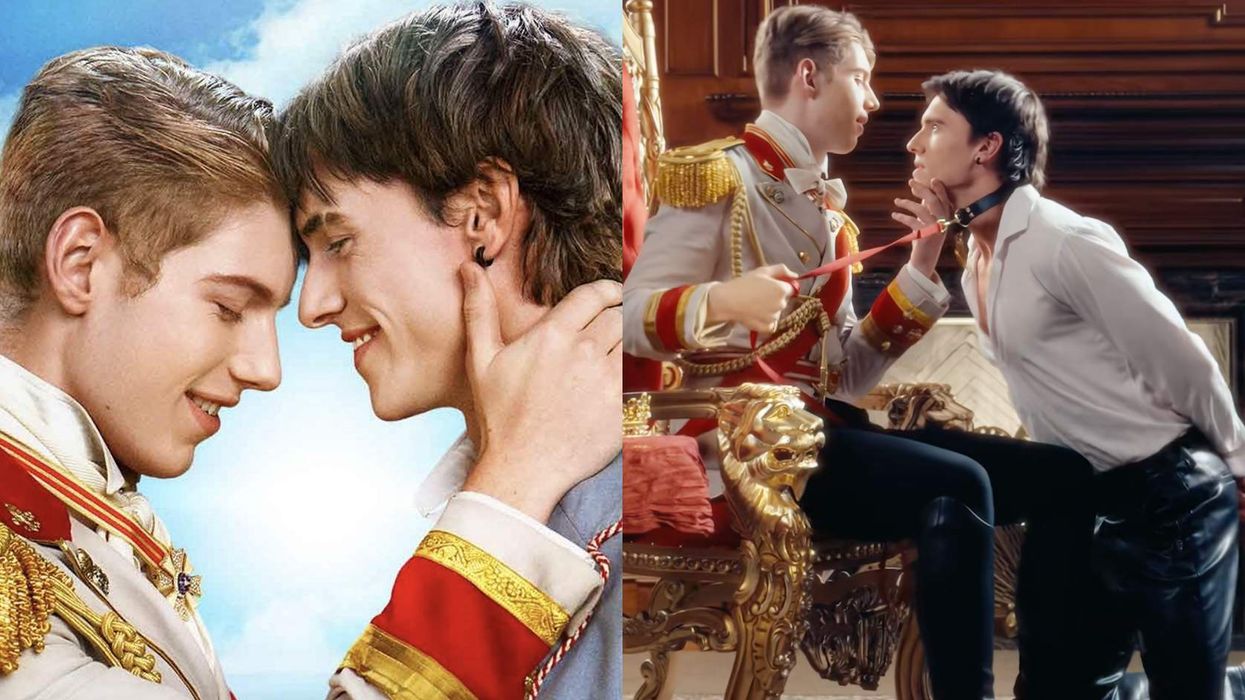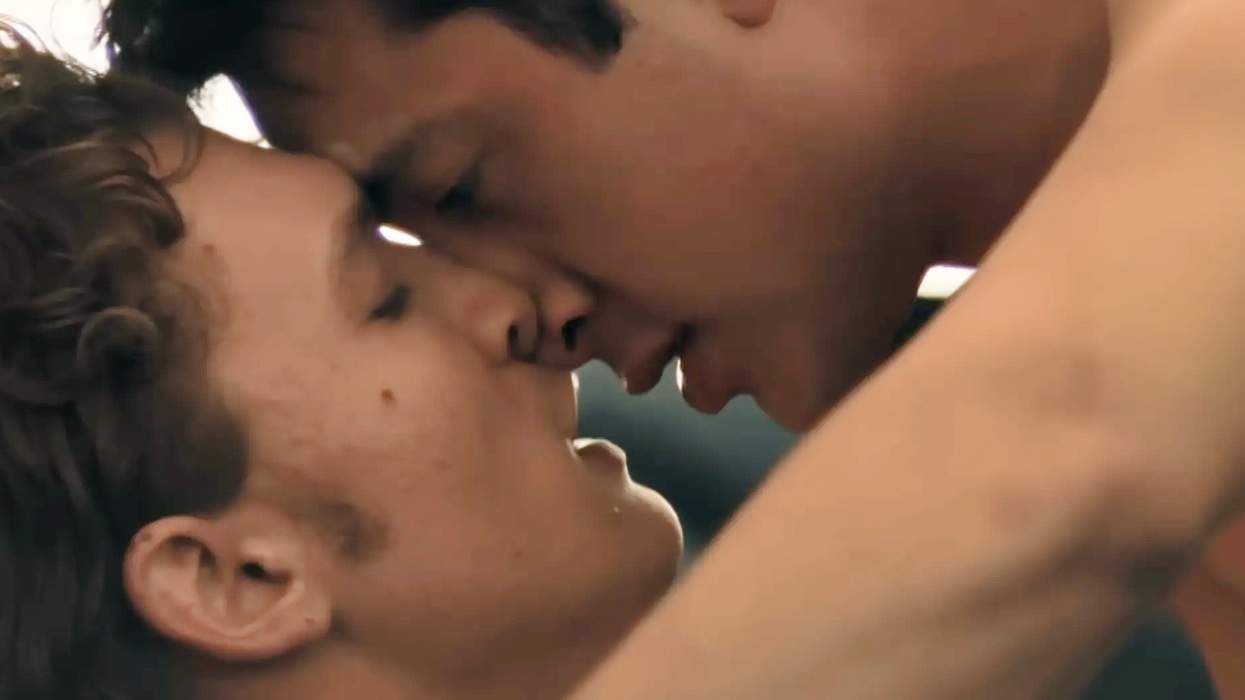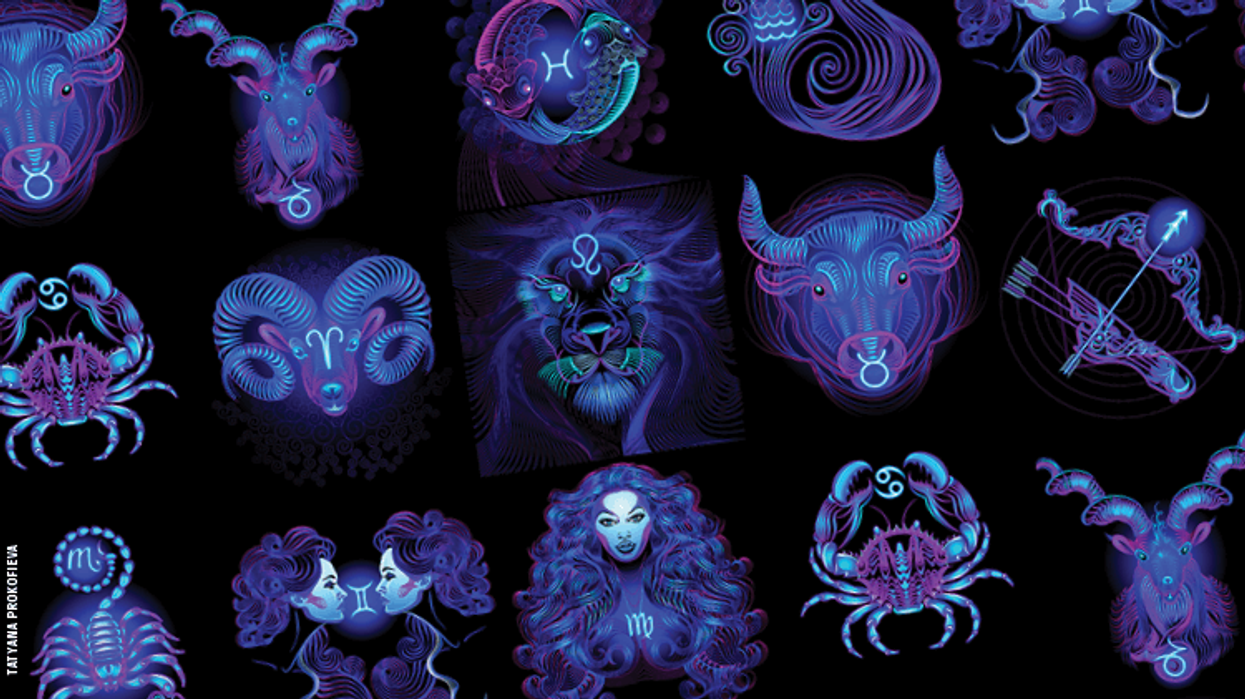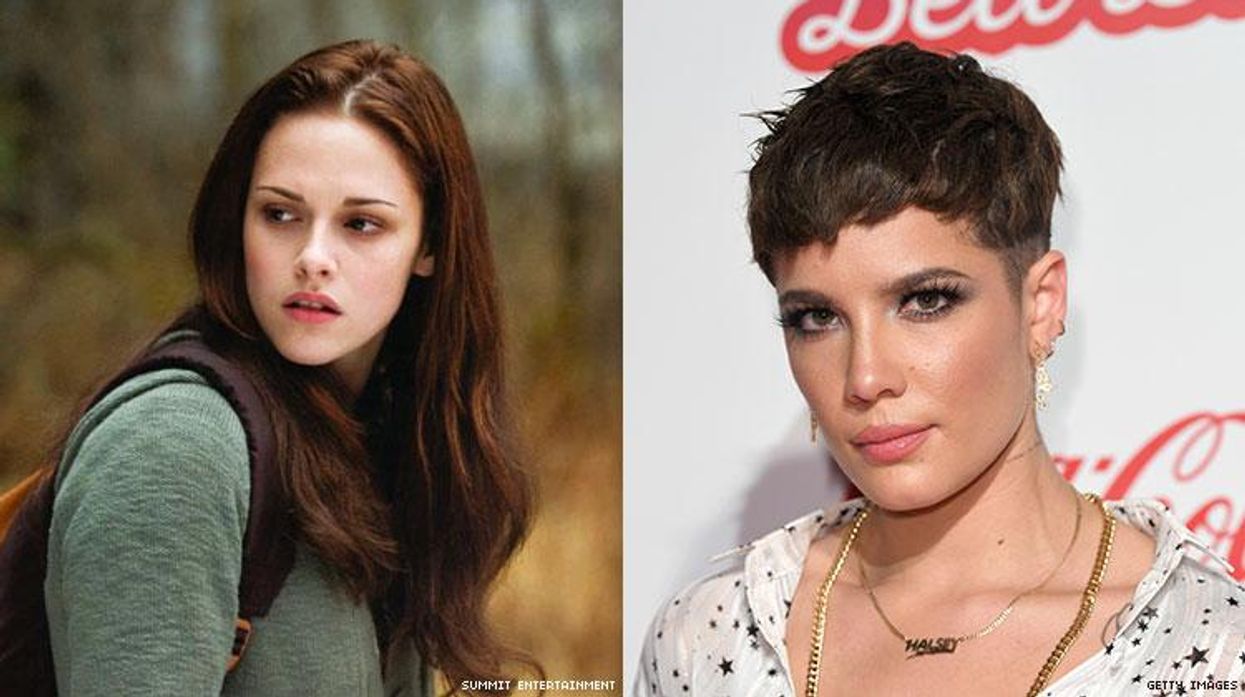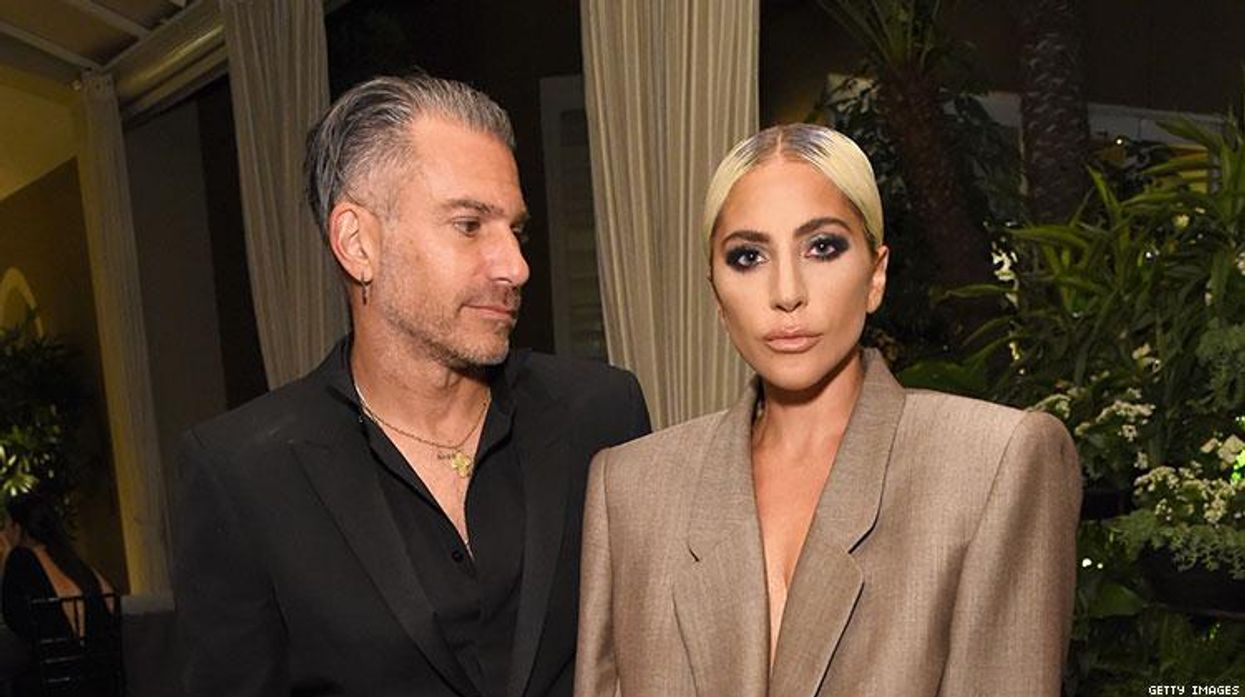Prince Rogers Nelson (1958-2016)
Between 1980 and 1988, Prince had one of the greatest, most prolific, and most influential runs in pop music, comparable only to two other geniuses who had preceded him, Stevie Wonder and David Bowie. His third album Dirty Mind, released in October of 1980, crystallized both the public persona and the musical aesthetic that would define his career: the androgyny, the overt sexuality, the seamless melding of genres, all wrapped up in Prince's undeniable virtuosity.
Over the decade, he churned out masterpiece after masterpiece--1999, Purple Rain, and Sign o' the Times regularly rank high among the greatest albums of all time--while dabbling in side projects for other artists such as Vanity 6, Sheila E., and The Time, making Prince's "Minneapolis sound" as recognizable as Motown or Philly soul.
While pushing the boundaries of music, Prince also redefined what it meant to be and look like a black man in America, challenged ideas of masculinity, and, along with Madonna, led the nation through yet another sexual revolution--all while openly not giving any fucks. But what seems miraculous about this today is that he did it in the 1980s, during the ultra conservative, totally but not necessarily explicitly racist, but explicitly homophobic Reagan era, when AIDS added a deadly fear to sex, and when racial relations were worse than they are now.
That Prince's talent was enormous in scope and irrefutable in nature made his flouting of conventions somehow more palatable to the American public, and probably a welcome counterpoint to Ron and Nancy's mayo white influence over the country. Purple Rain was not only a box office success, but the accompanying soundtrack has sold over 22 million copies worldwide and even scored the Purple One an Academy Award. He was effeminate, therefore non-threatening, even while purring lyrics about a young girl masturbating to a magazine. Though both his parents were black, he transcended race as easily as he transcended genres. And though he was straight, he queered pop culture, making it safe to think, live, and hip-swivel outside of the box.
Related | The Queer Legacy of Prince
Words like "legend," "icon," and "genius" get thrown out with such a cavalier spirit they lose all meaning, but with Prince, those words aren't enough. May he rest.
Click through the gallery for Prince's artistic and iconoclastic peak in the '80s.
